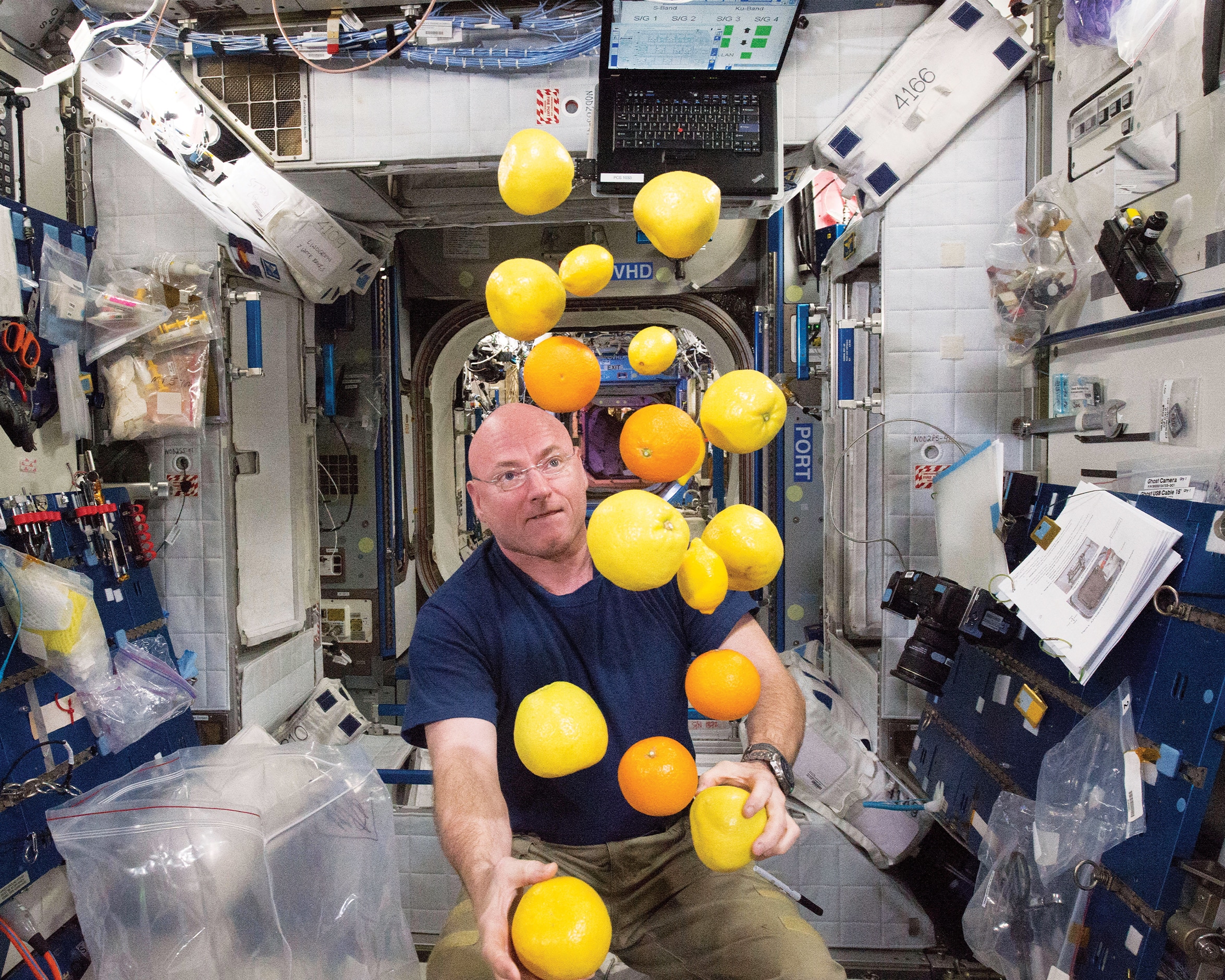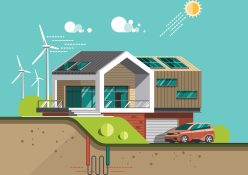What a typical day on the International Space Station looks like.
Being an astronaut is one of the most prestigious and sought-after careers in the world, with thousands of applicants for each vacancy – but what does the job actually entail?
Here we take a look at the daily routine of the crew on board the International Space Station (ISS). No two days are quite the same on the ISS and even on a particular day different crew members will have different tasks to perform but a typical working day will be focused around two shifts – one in the morning and one in the afternoon – with an hour’s break for lunch between them. The main work activity involves a range of scientific research, although there are also routine maintenance chores to be done.
Occasionally there’s work to be done on the exterior of the station and this means donning a spacesuit and going outside for a spacewalk. Spacewalks inevitably make more eye-catching headlines than work inside the station so people may get the impression they happen more often than they do.
In reality, however, spacewalks are expensive, time consuming, and dangerous affairs so they are only embarked upon when they are absolutely necessary – the polar opposite to the kind of “everyday” life in space that we’re focusing on here. Let’s put spacewalks to one side and take a look at an astronaut’s more typical daily routine – from brushing their teeth to tucking into bed.
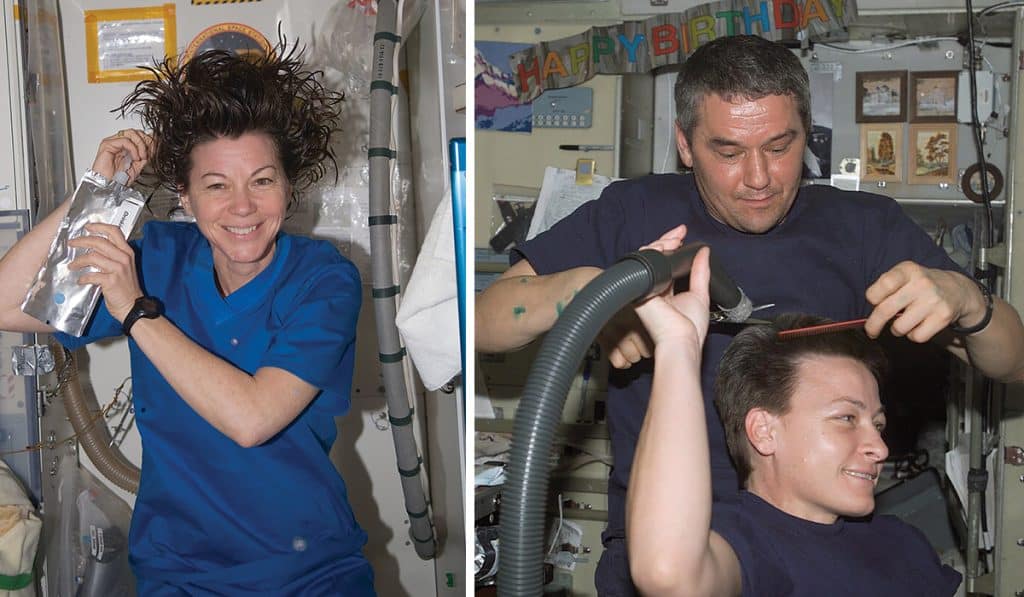
Using the bathroom
Some of the most basic everyday tasks are much trickier in space due to the lack of gravity. In an ordinary toilet, for example, it’s the pull of gravity that ensures the waste goes where it’s meant to, instead of floating all over the place. Space toilets use suction, rather like a vacuum cleaner, to achieve the same effect.
Showers also rely on gravity, both to get water on to you in the first place and then off you and down into the drain. NASA once experimented with a high-tech “space shower” but it took over two hours to use. Today, astronauts just rub liquid soap on to their skin and use rinseless shampoo on their hair before drying themselves with a towel.
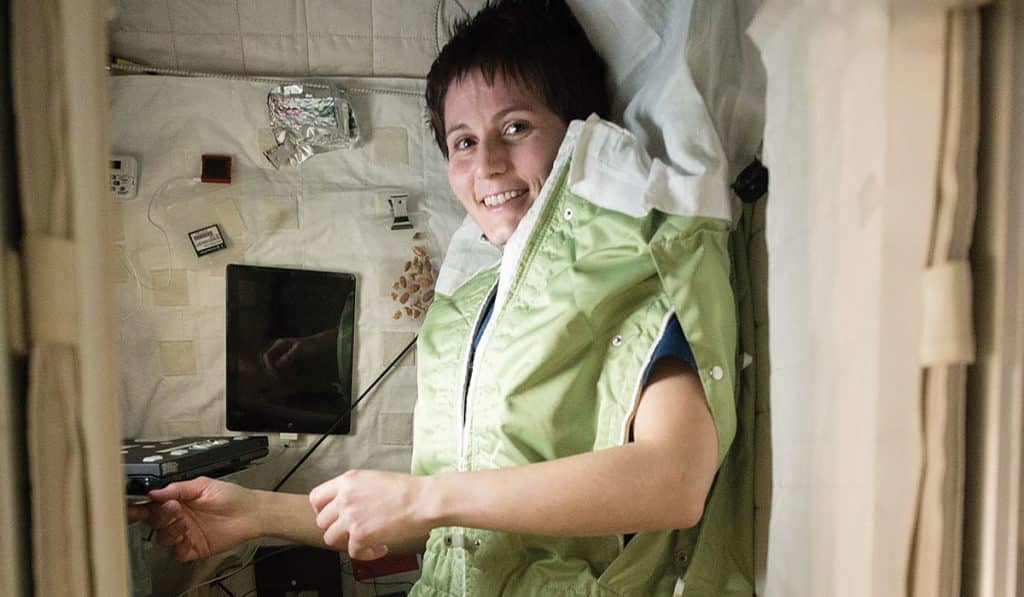
Sleeping in space
Each crew member on the ISS has their own small cabin with a firmly anchored sleeping bag that allows them to sleep comfortably without floating around in microgravity. Even so, there are a couple of hazards associated with sleeping in space that don’t affect us down here on Earth.
One is a kind of personal fireworks show: sudden, bright flashes of light, seen even with the eyes closed, which are caused by cosmic rays and can be an annoying source of sleep disturbance. A second hazard arises due to microgravity because exhaled carbon dioxide can remain close to an astronaut’s face if they fall asleep in an area with poor air circulation, which results in a bad headache.
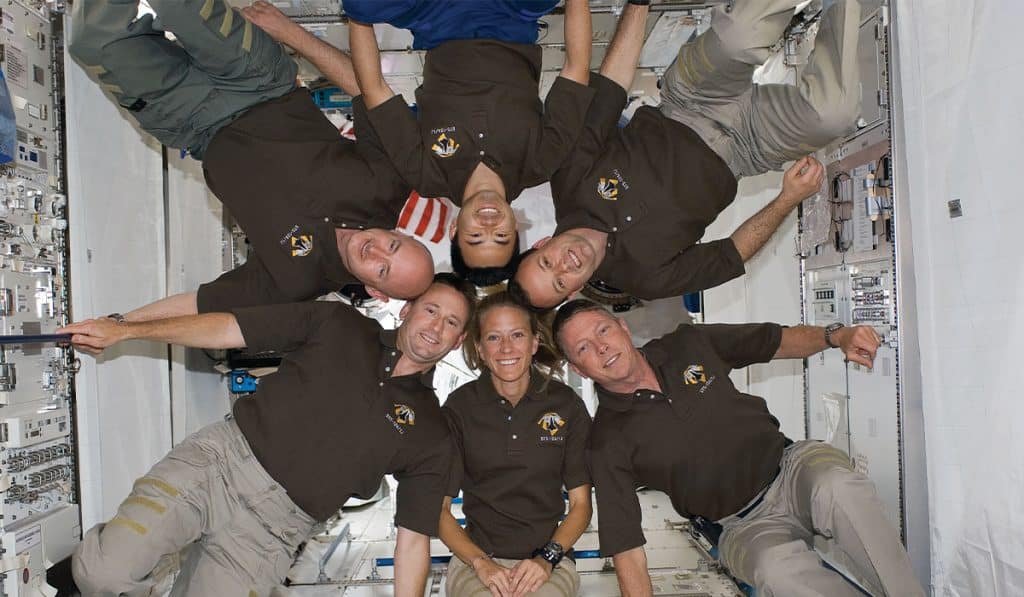
Living in microgravity
Some features of everyday life on the ISS are unusual but not unique. The isolation of the crew and the need for a long-term, self-contained supply of air, water, and food are shared with life on board a submarine. The one aspect that’s truly unique about life in space is the almost complete lack of any perceptible force of gravity – a condition that NASA refers to as microgravity. This phenomenon isn’t due to the absence of gravity.
If you could build a tower 400 km high, then the top would be at roughly the same altitude as the ISS. The strength of gravity you’d feel would be about 90 per cent
of its value at ground level and, if you stepped off, you’d fall back to Earth. The ISS is constantly falling under gravity but it’s also moving horizontally at very high speed. This balances the falling effect enough to keep it in a circular orbit. Because the station and everything inside it have the same motion, they appear to be “weightless” with respect to each other.
The microgravity environment on the ISS is one of the reasons for its existence. In essence, it’s a laboratory where the effects of microgravity – on everything from human health to manufacturing processes – can be studied in detail. In terms of the crew members’ daily lives, however, microgravity can make basic tasks such as eating, sleeping, and using the toilet far more complicated than on Earth. It can also be disorientating because there is no longer “up” or “down”. That’s not the case in training simulators on Earth so, in spite of knowing the latter like the backs of their hands, newcomers often get lost because they fail to recognise a room they’ve only seen the other way up.
Another consequence of microgravity is that objects don’t fall to the ground when you let go of them – they remain floating in mid-air. After six months on the station, astronauts sometimes forget this doesn’t happen on Earth and end up dropping things.
Space food requirements
The space environment puts a number of constraints on what astronauts can eat.
1. Strong taste
Fluid shifts in microgravity desensitise an astronaut’s taste buds, rather like having a cold, so they prefer very spicy food.
2. Nutritious
A healthy diet is important for everyone, and astronauts are no exception.
3. Compact
The space inside the ISS is limited and already packed with equipment and living quarters, so compact food is essential.
4. Lightweight
Space food must be as light as possible to reduce the rocket fuel needed to launch it into orbit.
5. Not crumbly
Crumbs float everywhere in microgravity so food that is moist and sticky is preferable to dry and crumbly.
6. Long shelf life
It can often be two months or more between resupply missions, so food on the ISS has to last.
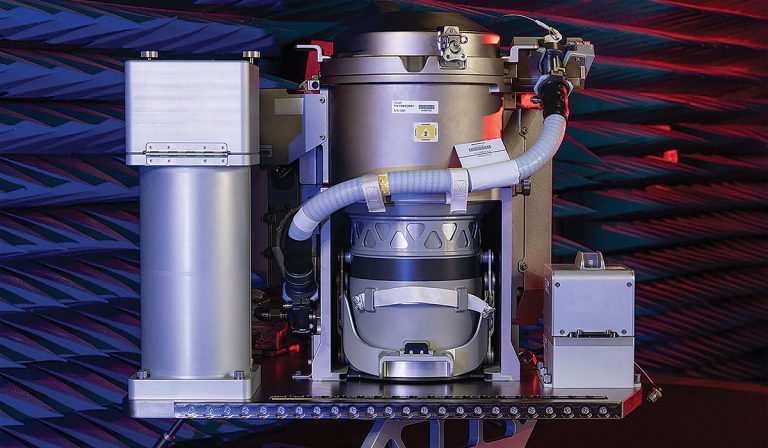
NASA’s Universal Waste Management System
A look at the latest generation of space toilet, which was installed on the ISS in 2020.
1. Seat
A big improvement on previous designs, this seat is specially contoured to be comfortable for both female and male astronauts.
2. Filter
To prevent the container from getting too smelly as it fills up, this filter is designed to kill odour- producing bacteria.
3. Waste container
Solid waste goes into this bin, which fills up after about 30 uses and is then ejected into space.
4. Suction hose
This is used to collect urine. The funnel on the end is designed for use by any gender.
5. Urine storage
The water in urine is much too valuable to throw away, so it’s stored and purified before being reused.
6. Toe restraints
Astronauts put their feet here to make sure they don’t float away while they’re using the toilet.
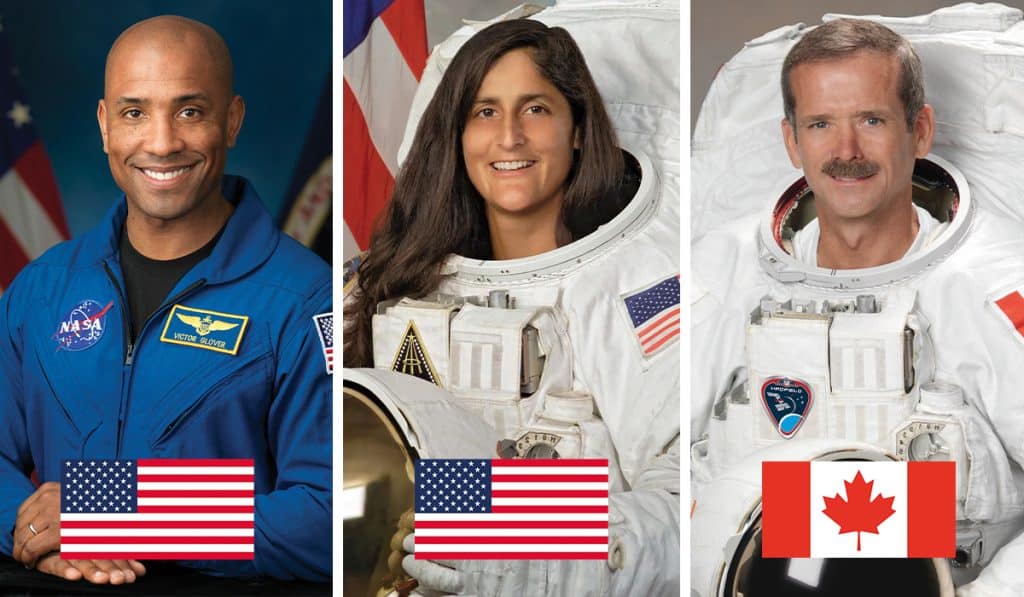
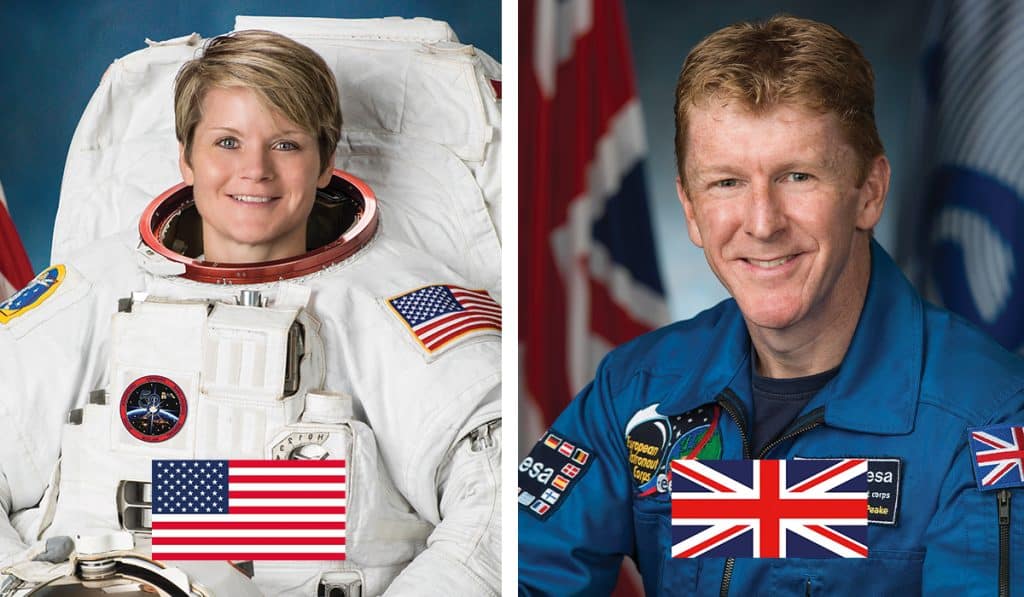
Victor Glover
“Floating for an extended period is truly amazing. My brain is constantly trying to figure out which way is up. It’s an interesting challenge, one I find slightly amusing.”
Sunita Williams
“It’s like being a fish since you can catch food in your mouth easily because it’s suspended in the air, just like when you put fish food in a tank.”
Chris Hadfield
“The cool thing about space is when you put your pants on here you can put them on two legs at a time.”
Anne McClain
“You kind of just float inside your sleeping bag… our arms kind of float up so we look a little bit like zombies.”
Tim Peake
“Gravity is horrible when you come back to Earth, except in a few cases. When it comes to using the loo, gravity is your friend.”
An average day in space
What a typical day on the ISS looks like.
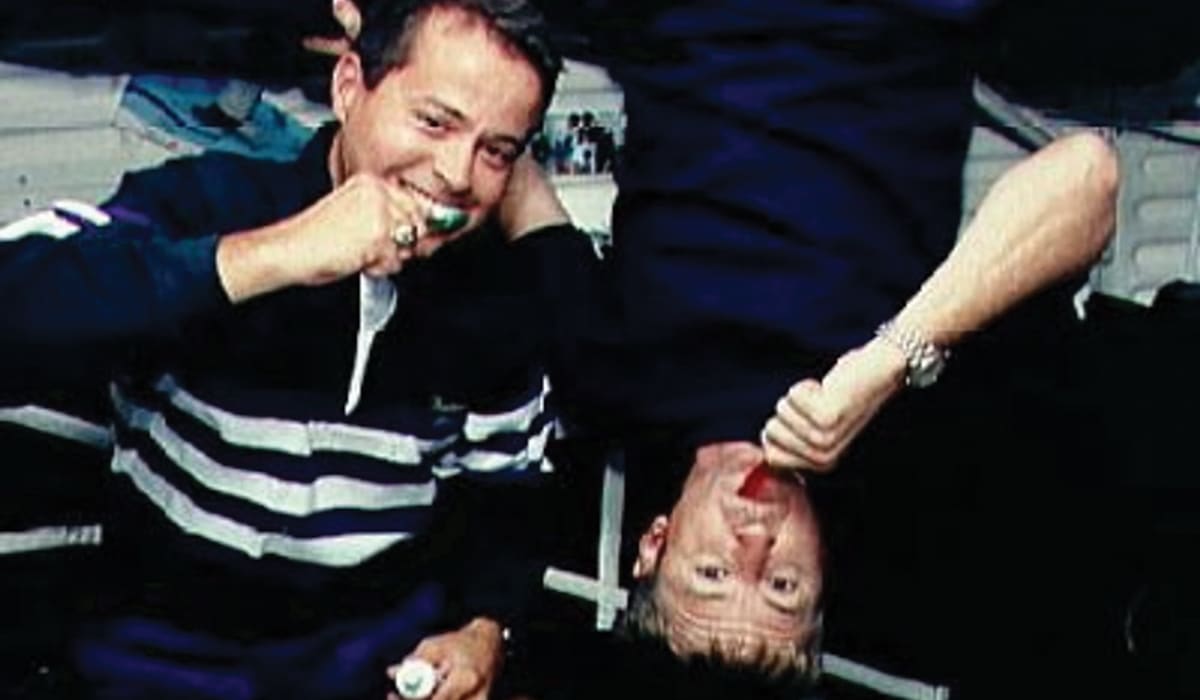
06:00am – Wake-up call
As the ISS completes a full orbit of Earth in just 90 minutes it never spends very long in a particular time zone. By convention, astronauts use Greenwich Mean Time, which is also referred to as Coordinated Universal Time (UTC). The astronauts are woken at 06:00 UTC with a call from Mission Control and then spend an hour or so on their morning routine: brushing their teeth, shaving, using the toilet, and generally freshening up. Some of these tasks, such as using a toothbrush, are just as easy as they are on Earth, while others, such as going to the toilet, can be a little more complicated.
07:00am – Breakfast
Astronauts have several breakfast menus to choose from, much like a hotel buffet breakfast. If they want cereal, they have to add dried milk and water rather than fresh milk.
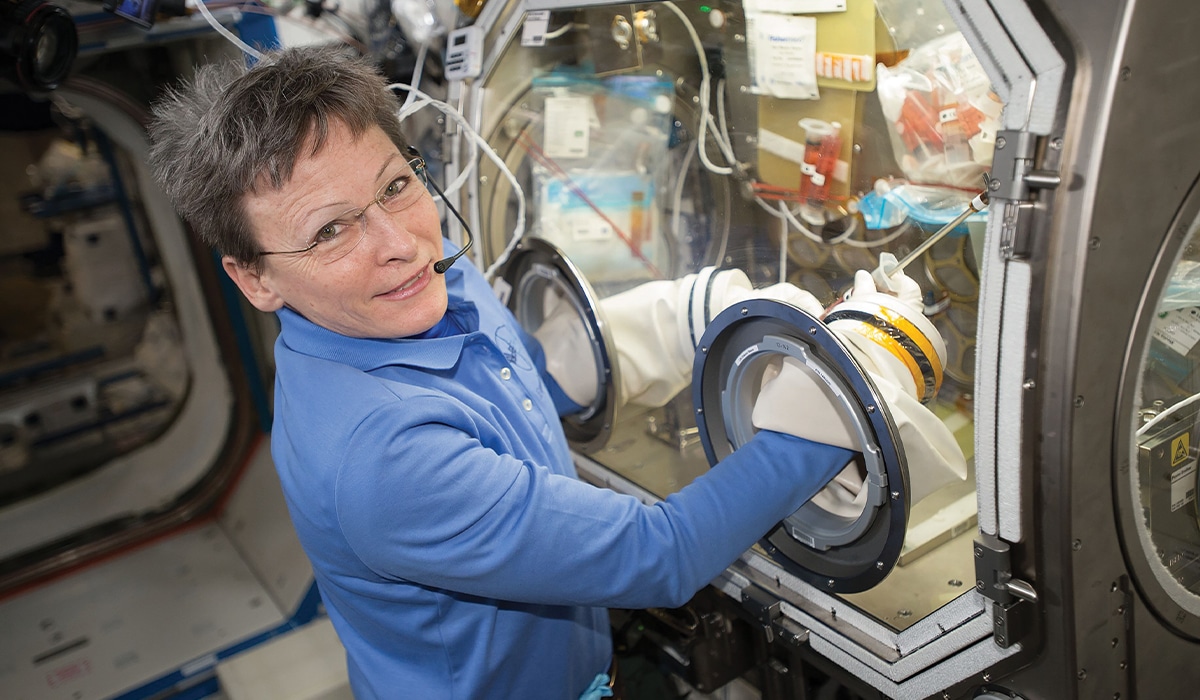
08:00am – Morning work shift
The primary purpose of the ISS is to carry out scientific research in space and this is what the crew members spend most of their time doing. This research ranges from studying the effects of microgravity on physical systems and living things
to observing Earth remotely from their vantage point in orbit. To provide a safe environment for the study of liquids and hazardous materials in space, the astronauts have a special “microgravity glovebox” they can use. They also conduct medical research using themselves as guinea pigs and grow their own food using the Vegetable Production System, which is affectionately known as “Veggie”.
13:00pm – Lunch
As befits hard-working astronauts, lunch is often a multi-course meal, with a variety of starters and desserts to choose from as well as a substantial main course.
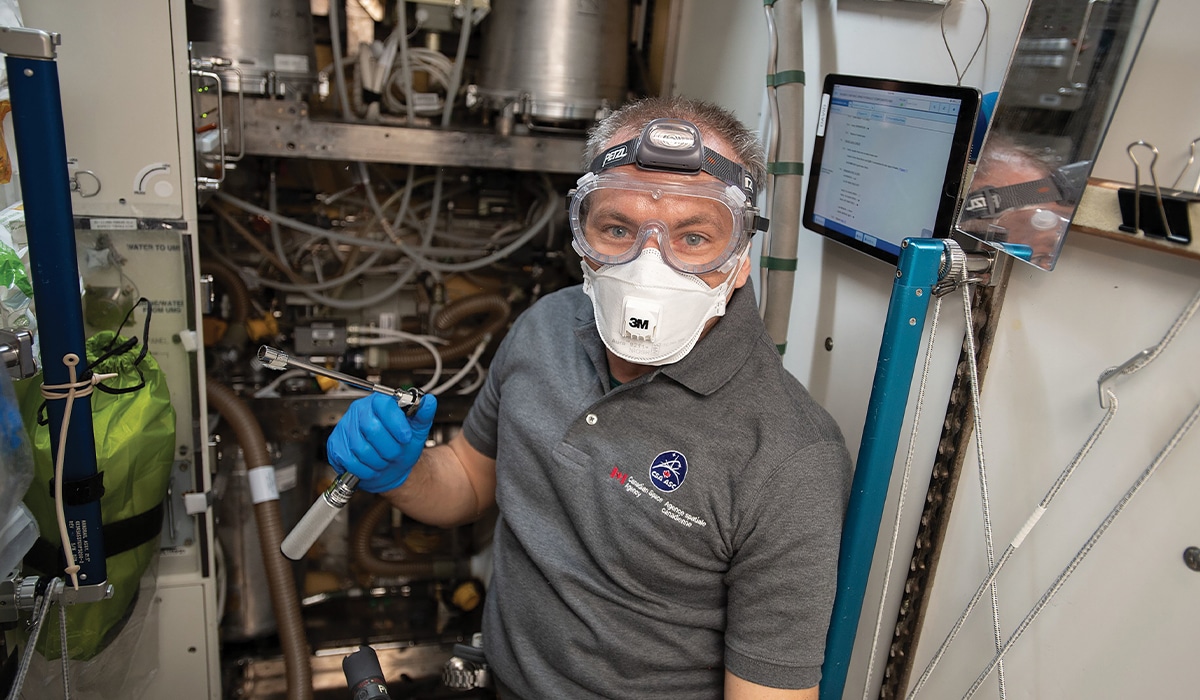
14:00pm – Afternoon work shift
Although research activities form the bulk of an astronaut’s work, during both the morning and afternoon shifts they also have other more mundane tasks to perform. These include routine housework, such as vacuuming and disinfecting the living quarters, and the kind of maintenance chores that all homeowners have to do. One picture here shows Canadian astronaut David Saint-Jacques repairing one of the ISS’ toilets. Sometimes new equipment needs to be calibrated and installed to keep the station up to date – and that’s what Tim Peake is doing in the other picture – but maintenance work on the ISS isn’t always as humdrum as on Earth, with astronauts occasionally venturing outside on spacewalks to make repairs or install vital new components.
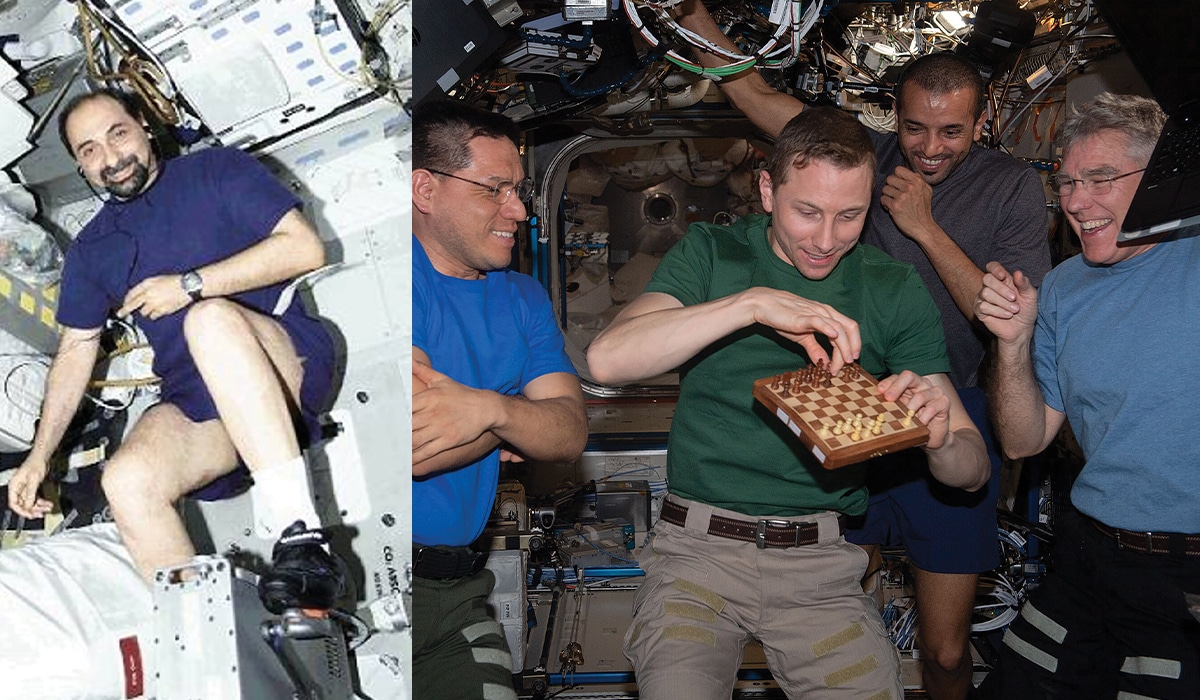
17:00pm – Exercise
If you were confined 24 hours a day in a live-in laboratory down here on Earth – in Antarctica, for example – you would need to spend an hour or so of that time doing gym-style exercises. There is also another reason why exercise is even more important for the crew of the ISS and that’s because living in microgravity causes the body to lose the muscle and bone that we normally need just to stand up. Regular sessions on gym equipment such as a treadmill or exercise bike – suitably modified so that astronauts can use them without floating away – are essential to counteract potentially dangerous tissue loss.
18:00pm – Dinner
In the evening the astronauts eat another full three-course meal, with a similar range of options to lunch. As a bonus they sometimes add fresh lettuce that they have grown themselves.
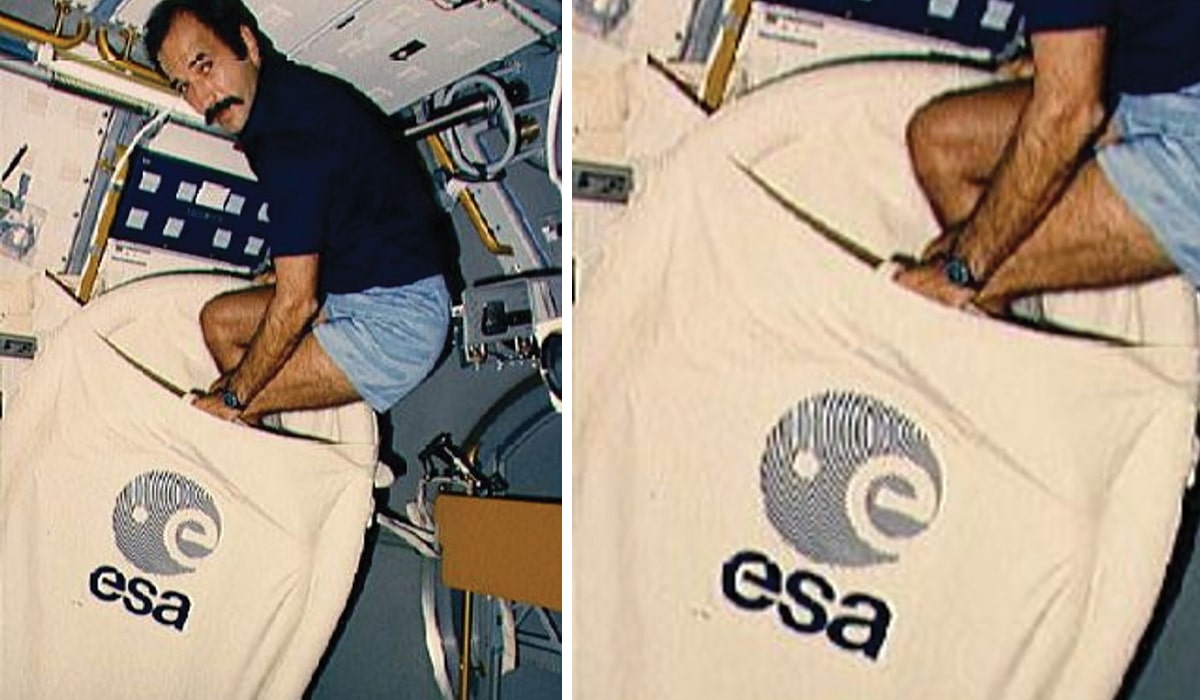
20:30pm – Free time
This schedule is for a typical work day on the ISS. Astronauts usually get Saturdays and Sundays off to relax. Even on working days they get an hour of leisure time in the evening. This is for whatever they enjoy doing, whether it’s reading a book, playing a game, watching a movie, or using social media. However, there’s another popular activity that’s unique to life in orbit and that’s gazing out of the window. There’s always something new to see as Earth spins beneath them, with never more than 45 minutes to wait until the next sunrise or sunset.
21:30pm – Bedtime
We’ve already looked at some of the more exotic quirks of sleeping in space, such as the flash of cosmic rays and the lack of perceptible gravity, but there’s another more mundane problem too. That’s the constant sound of machinery, which forces most crew members to sleep wearing earplugs. Even so, many of them have difficulty sleeping for more than about six hours, despite having 8.5 hours of scheduled sleep time. Fortunately, all the sleeping compartments have laptop computers to keep insomniac astronauts entertained.
By: Andrew May
Photography: Supplied



